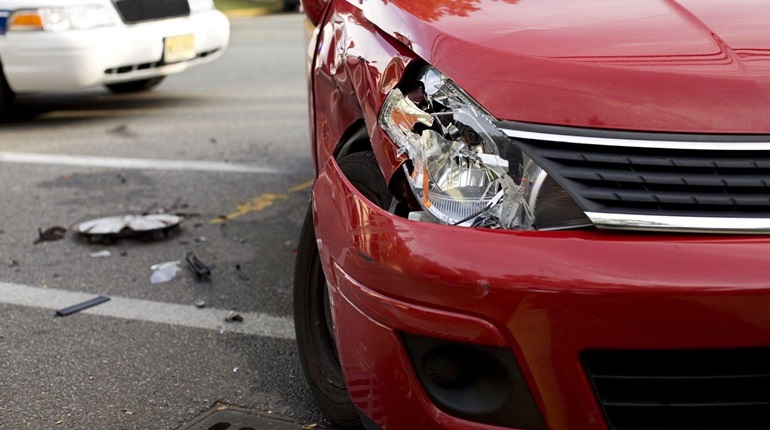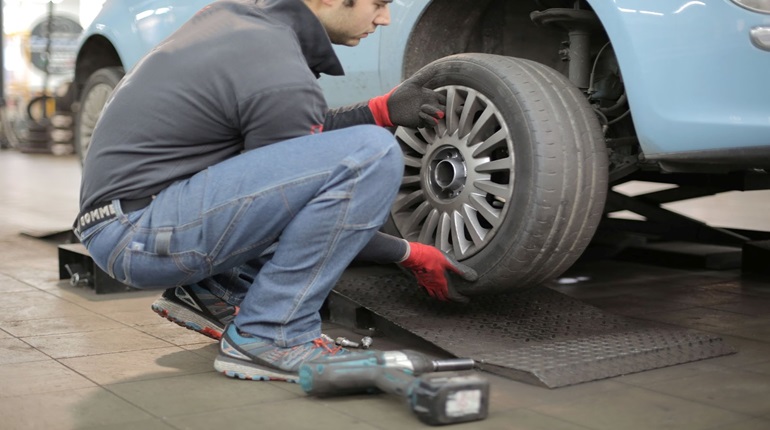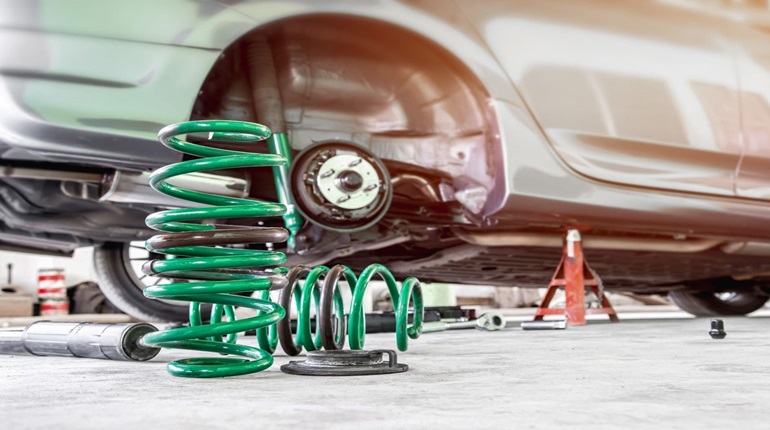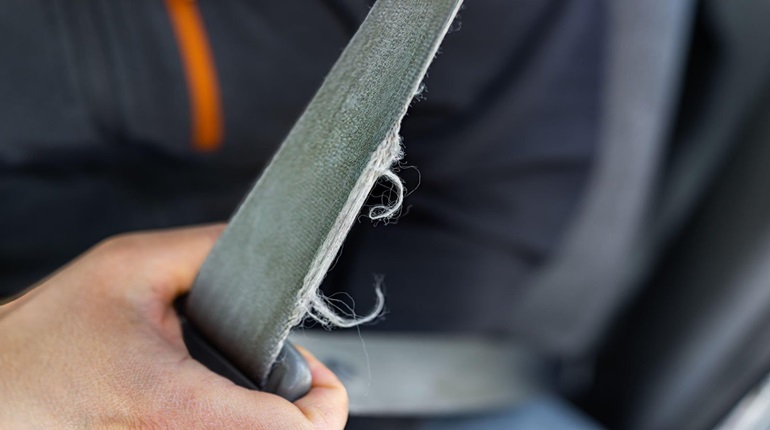
When it comes to the dreaded MOT test, a little preparation can go a long way. Understanding the most common reasons for MOT failures and knowing how to avoid them can save you time, money, and the stress of a retest. In this blog post, we’ll break down the top MOT fails and provide you with practical tips to ensure your vehicle passes with flying colors.
Let’s dive into a comprehensive breakdown of the most common MOT fails with a focus on the percentage of failures in each category.
1. Lights and Indicators:

Approximately 18% of MOT failures are related to issues with lights and indicators. This includes problems with headlights, brake lights, and indicators. One common reason for failure is blown bulbs, accounting for nearly 7% of all failures. Misaligned headlights contribute to around 3% of failures. Regularly checking and replacing bulbs, as well as ensuring proper alignment, can significantly reduce the risk of failure in this category.
Specific vehicle parts
- Burnt-out bulbs (headlights, brake lights, indicators).
- Malfunctioning or misaligned headlight aim.
- Inoperative or faulty brake lights.
2. Tires:

Tire-related issues contribute to approximately 7% of MOT failures. The most common problem is inadequate tread depth, accounting for nearly 4% of failures. Uneven wear and damaged tires contribute to the remaining percentage. Regularly checking tread depth, ensuring even wear, and promptly replacing damaged tires can help keep your vehicle compliant.
Specific vehicle parts
- Insufficient tread depth (below the legal limit of 1.6mm).
- Damaged or unevenly worn tires.
- Underinflated or overinflated tires.
3. Brakes:

Brake issues are a significant factor in MOT failures, representing around 15% of all failures. Worn brake pads and discs contribute to about 7% of failures, while brake fluid leaks account for approximately 4%. Regularly checking brake fluid levels, addressing any leaks, and promptly replacing worn brake components can significantly reduce the likelihood of failure in this category.
Specific vehicle parts
- Worn brake pads or discs.
- Inadequate brake fluid levels.
- Brake imbalance between wheels.
4. Suspension System:

Issues with the suspension system contribute to approximately 13% of MOT failures. Leaking shock absorbers and excessive play in the steering wheel are common culprits, each accounting for around 5% of failures. Regular inspections, prompt replacement of worn components, and addressing any steering issues can help minimize the risk of failure in this category.
Specific vehicle parts
- Worn-out shock absorbers.
- Damaged or corroded suspension components.
- Misaligned or loose steering.
5. Exhaust System:
Around 8% of MOT failures are related to problems with the exhaust system. Common issues include visible damage, rust, and excessive emissions. Addressing visible damage promptly and ensuring your vehicle meets emission standards can prevent failure in this category.
Specific vehicle parts
- Exhaust leaks or excessive emissions.
- Corrosion or damage to the exhaust system.
- Missing or faulty catalytic converter.
6. Windscreen and Wipers:
Issues with the windscreen and wipers contribute to approximately 6% of MOT failures. Cracks or chips in the windscreen that obstruct the driver’s view account for nearly 3% of failures. Faulty wipers contribute to the remaining percentage. Regularly checking and repairing any damage to the windscreen, as well as ensuring proper wiper functionality, can help avoid failure in this category.
Specific vehicle parts
- Cracks or chips in the driver’s line of vision.
- Worn-out or ineffective windscreen wiper blades.
- Low windshield washer fluid levels.
7. Mirrors:

Around 1% of MOT failures are due to issues with mirrors. Common problems include insecure mounting and damage. Regularly checking and maintaining mirrors can help prevent failure in this category.
Specific vehicle parts
- Damaged or missing wing mirrors.
- Cracks or damage to the rearview mirror.
- Lack of adjustability in mirrors.
8. Registration Plates:
Around 1% of MOT failures are due to issues with mirrors. Common problems include insecure mounting and damage. Regularly checking and maintaining mirrors can help prevent failure in this category.
Specific vehicle parts
- Damaged or missing wing mirrors.
- Cracks or damage to the rearview mirror.
- Lack of adjustability in mirrors.
9. Seatbelts:

Seatbelt-related issues contribute to around 2% of MOT failures. Problems include wear and damage to seatbelts. Regularly inspecting and replacing damaged seat belts can help prevent failure in this category.
Specific vehicle parts
- Frayed or damaged seat belt webbing.
- Inoperative or faulty seatbelt buckles.
- Insufficient tension in the seatbelt.
10. Horn:

A malfunctioning horn contributes to around 1% of MOT failures. Regularly testing and ensuring proper functionality of the horn can prevent failure in this category.
A non-functional or inadequately loud horn is a common reason for MOT failure. The horn is a vital safety feature, alerting others to your presence on the road. During the MOT test, inspectors check the horn’s functionality and loudness. If it fails to produce a sound or is not audible enough, it indicates a potential safety issue. To pass the MOT, it’s crucial to promptly address any horn-related issues, such as checking the wiring connections or replacing the horn unit if necessary. Ensuring a properly functioning horn not only aids compliance but also contributes to overall road safety.
Specific vehicle parts
- Inoperative or weak horn.
- Horn producing an unusual or inappropriate sound.
- Missing or damaged horn.
Drive with Confidence!
Discover the Untold Story of Your Next Ride with Comprehensive Vehicle History Checks
Can you drive a car with a failed MOT?
No, it is illegal to drive a vehicle with a failed MOT. The MOT test is a legal requirement to ensure the roadworthiness and safety of your vehicle. If your vehicle fails the MOT, you are not allowed to drive it until the identified issues are repaired and it passes a retest.
Driving without a valid MOT certificate can lead to fines, penalties, and even prosecution. It’s essential to promptly address the issues, schedule necessary repairs, and obtain a valid MOT certificate before resuming driving to comply with legal regulations and ensure the safety of yourself and others on the road.
Conclusion:
By staying proactive and addressing these common MOT fail points, you increase your chances of passing the test with ease. Regular maintenance, quick inspections, and timely replacements are key to a hassle-free MOT experience. Remember, a little effort today can save you from the headache of a retest tomorrow. Drive safely!

